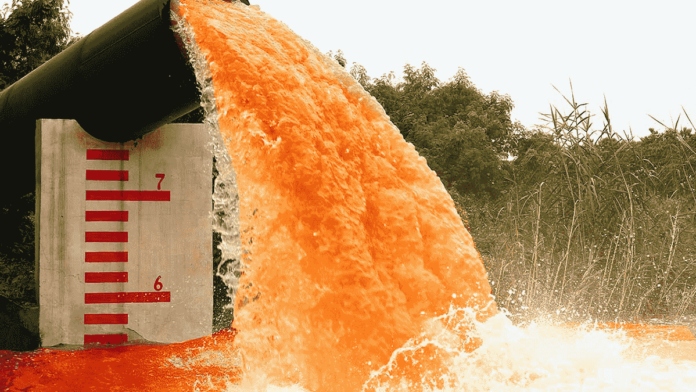One-fifth of water pollution caused from textile industry can be cured with this solution
Researchers at Khalifa University, in Abu Dhabhi, United Arab Emirates (UAE), have created a new nanomaterial for water pollution. The researchers claim that this nanomaterial can clean textile dyes and other pollutants present in the textile industry wastewater.
Textile dyes in wastewater
As per analysis, every year the textile industry uses 1.3 trillion of gallons of water to dye garments. Further, this water contaminated with harmful chemicals flows untreated into rivers and lakes.
Henceforth, researchers at Khalifa University, in Abu Dhabhi (UAE), have created a new nanomaterial to overcome this problem.
Further, the nanomaterial consists of tiny grains visible to the naked eyes in the form of clusters. As per Enas Nashef, project lead and a professor of chemical engineering at Khalifa University, the material collects pollutants on their surface and in their pores.
The Nanomaterial
The material consists of a substance called a polymer that mimics the “glue” that mussels use to stick themselves to rocks, combined with a solvent. However, Nashef claims that finding such solvent was difficult as it has to be both effective and eco-friendly. Furthermore, the team tested the solvent on a red-orange dye called Alizarin Red S, and published their findings earlier this year.
Moreover, the results shows that there were no toxic effects and the polymer can be used to clean the pollutants.
Also, Nashef stated, “We’re looking at the efficiency and also the environment at the same time.”
The Global water crisis
While, the textile industry is the biggest contributors to industrial wastewater, there are many others in the bucket list. The list include manufacturing, mining, petrochemicals, pharmaceuticals and agriculture.
The United Nations estimates that globally, nearly 95 trillion gallons of wastewater are produced every year. Correspondingly, which is equivalent to 41 years of drinking water for the entire human population.
According to a report, published last month by the Global Commission on the Economics of Water (GCEW), found that just 20% of wastewater is currently treated.
However, with less amount being recycled, leading to a global shortage of clean water. Consequently, surpassing the supply of fresh water by 40% by 2023.
Hence, to overcome this situation Nashef and his team decided to target anionic dyes. Finally, hoping to set a mark in textile industry and troubleshooting wastewater problem.
Other Industries
Since the promising results came out for the nanomaterial, researchers are looking forward to test it in the fields.
Further, researchers are working on developing another nanomaterial that they believe could help remove viruses from hospital wastewater. Eventually, an innovation that could help manage the spread of future pandemics.
These water-cleaning polymers could also help to make desalination processes more sustainable – an important factor in the Middle East, where freshwater sources are scarce. Desalination plants consume a lot of energy to remove salt from water. Nashef says that using membrane-based nanomaterials in pre-treatment could cut the energy needed to clean the water. “If we can target that, it will reduce the load on the desalination plants,” Nashef adds.
Finally, Nashef hopes his work in his lab will have a real-world positive impact on water supplies – and “do something for the next generation.”


